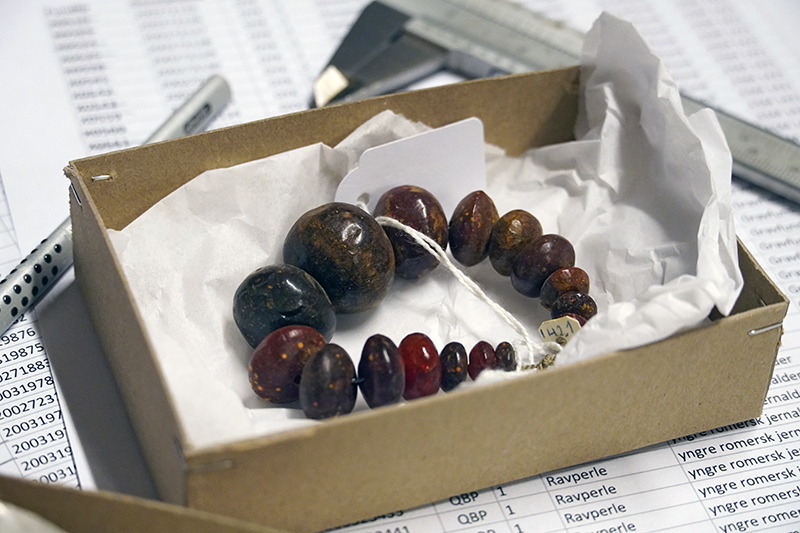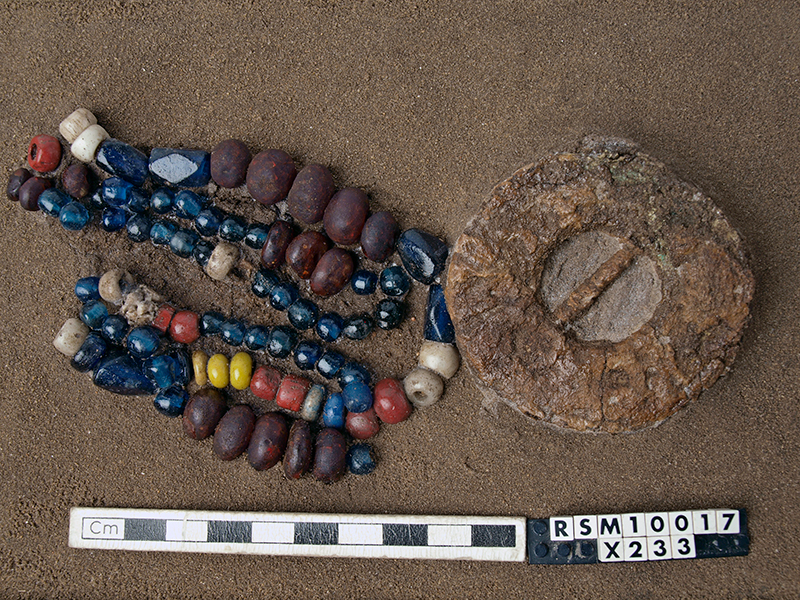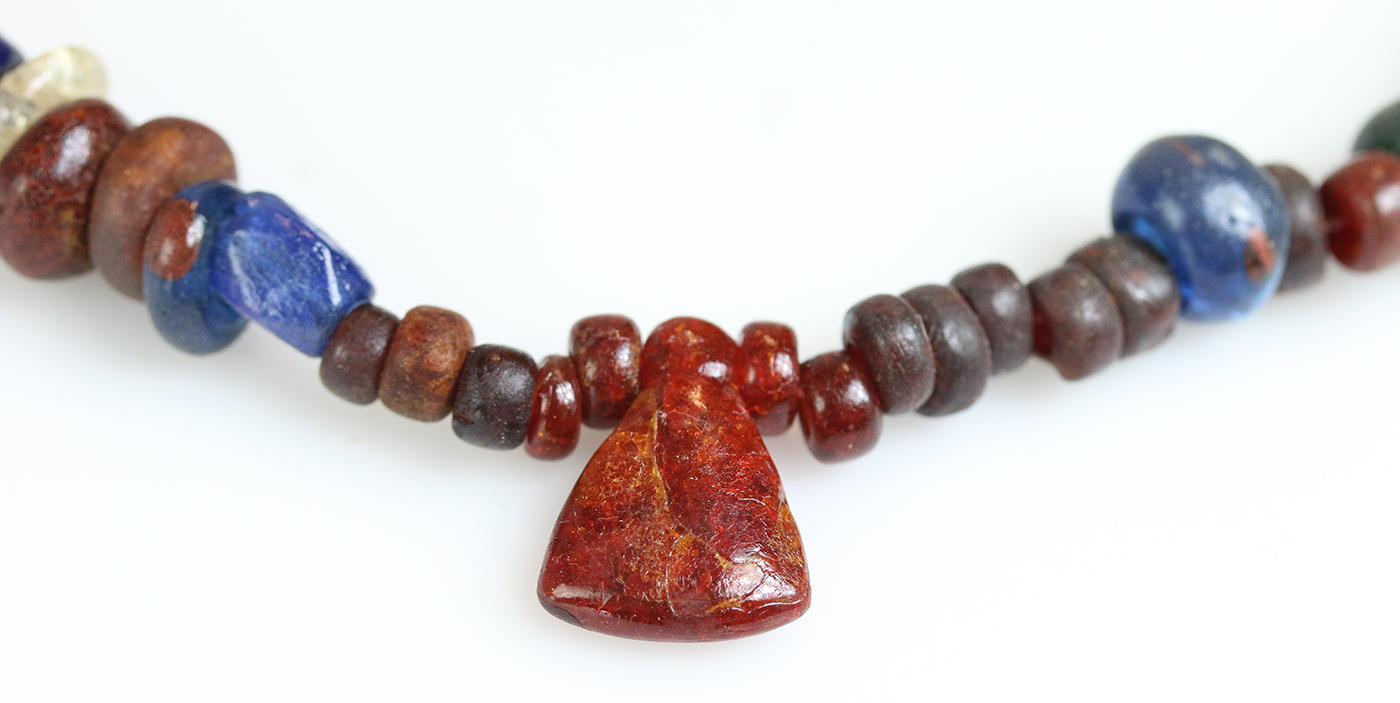Amber finds in Northern Europe from the Roman Iron Age till the Vendel Period
Karl Johann Offermann M.A.
Amber finds in Northern Europe from the Roman Iron Age till the Vendel Period
Amber finds from different periods of human history have always been in the interest of archaeological research. They have a great informative value for the individual or social significance of a material, depending on the find site, context and artefact group in the respective human era.
However, away from the well-researched "amber roads" running from the Baltic to Central Europe, the current state of research on amber in Northern Europe at the beginning and middle of the 1st millennium AD shows several gaps and only few regional investigations and material studies exist. At the same time, the study of amber as a raw material and worked artefact holds the potential, to reconstruct regional and transregional social practices as well as concepts and traditions over several centuries in this area.

This is the approach of the dissertation project, which is divided into two sections. In the first step, a transregional systematic survey of the published and unpublished amber finds of selected countries/regions (Northern Germany, Denmark, Norway and Sweden) from the Roman Iron Age to the Vendel period is carried out in order to provide an overall view of the material.
Den größten Anteil innerhalb des breiten Spektrums an Bernsteinartefakten machen Perlen aus, die vornehmlich als Schmuck- bzw. Trachtbestandteil zu klassifizieren sind. Daneben liegen andere Formen wie Anhänger/Amulette, Spinnwirtel, Schwertperlen oder Spielsteine aus Bernstein vor. Sie verdeutlichen, dass das Material auch symbolische und damit sehr vielseitige Eigenschaften innerhalb der damaligen Gesellschaften besaß. Schließlich stehen diese Funde in einer weiteren Beziehung zum Besitzer/Nutzer, die über den Schmuckcharakter hinausgeht. Außerdem lassen Rohstücke von Siedlungen auf eine regelmäßige Verarbeitung von Bernstein schließen. Neben einigen Hort- und Opferfunden stammt die überwiegende Mehrheit der Bernsteinfunde im Untersuchungsgebiet hingegen aus Gräbern.

In the second part of the project, on the one hand, value concepts will be analysed on the basis of the collected data and taking into account the different find contexts. On the other hand, inter- and intracultural production and exchange processes as well as transport mechanisms in Scandinavia can be studied with the help of the results of the investigation and the distribution of finds. In contrast to the exchange between Barbaricum and the Roman Empire, there are only few research works on the exchange and trade of a certain “Germanic” group of objects/goods in Northern Europe. Until now it is still unclear to what extent, for example, central places, migrating craftsmen or the influence of Germanic elites played a role in the amber distribution.
In addition, a scientific evaluation of the Scandinavian/North German material also represents a contribution to the evaluation of Central and Southern European amber finds. With regard to the origin of the raw material, Southern Scandinavia could have played as a material source or – as some distribution models already suggest – as a transit area of the amber trade from the Baltic to the Rhineland along the Baltic and North Sea coast.

Research clusters
Technology – Tradition and Innovation
Research Priorities
Man and Artefact
Staff
Karl Johann Offermann M.A.